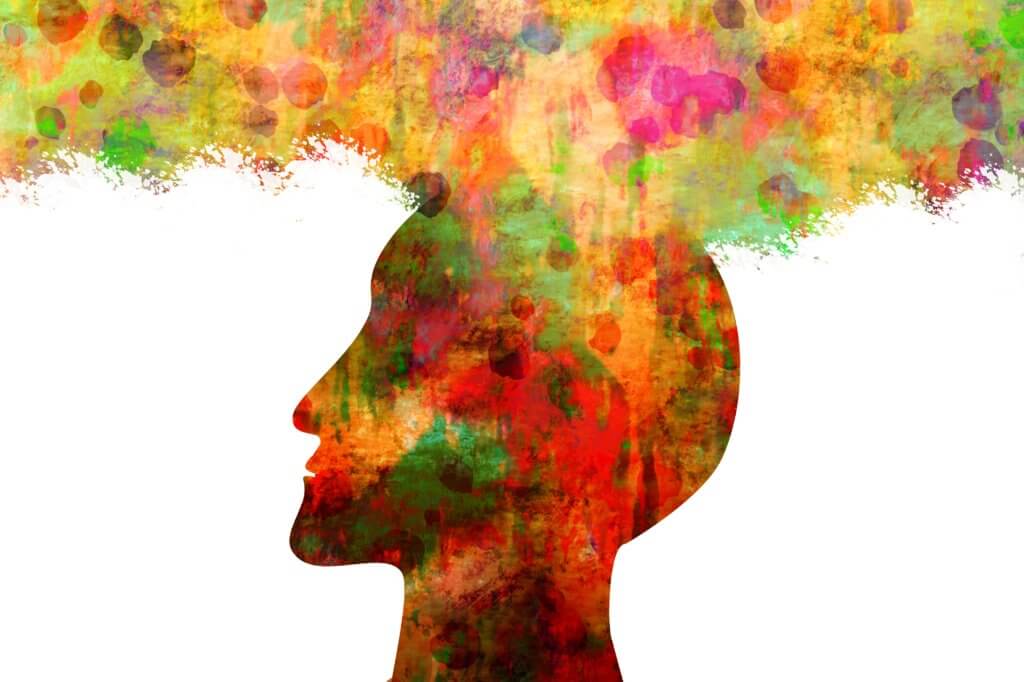What exactly is consciousness? Scientists have been wrestling with this question for ages. Recent research from the University of Michigan Medical School’s Department of Anesthesiology has brought new insights into how consciousness works within the brain. The findings could have significant implications for various medical conditions ranging from coma to schizophrenia.
Consciousness, for a long time, has been a complex puzzle. Many believed it was tied to a specific location in the brain, but recent studies suggest that’s not the case. It’s now seen as a network phenomenon, and the intricate connections between various parts of the brain are what give rise to our conscious experience.
The research team, led by Zirui Huang, Ph.D., George Mashour, M.D., Ph.D., and Anthony Hudetz, DBM, Ph.D., took a unique approach using functional MRI (fMRI) to understand how consciousness is organized within the brain. fMRI is a technique that helps visualize and measure brain activity through changes in blood flow over time.
“Consciousness is complex and studying it is like solving a scrambled Rubik’s cube,” Huang says in a statement. “If you look at just a single surface, you may be confused by the way it is organized. You need to work on the puzzle looking at all dimensions.”
The dimensions they looked at include:
- Arousability: The ability of the brain to be awake.
- Awareness: What we experience, such as the redness of a rose.
- Sensory Organization: How different senses come together to create our conscious experience.
These concepts have been debated for decades, but this study sought to locate those dimensions within the geometry of the brain itself. Unlike typical brain imaging studies that focus on clearly defined areas, these researchers investigated the “topology” or gradients across brain regions, likening the approach to looking at natural terrain instead of state boundaries.
By developing a map of cortical gradients of consciousness, they analyzed fMRI data from various states of awareness, including being awake, anesthetized, in a coma, or diagnosed with psychiatric conditions like schizophrenia. They arranged recordings from 400 different brain regions and found three cortical gradients that seemed to align with the key dimensions of consciousness.
“What used to be mapped only as a helpful diagram of conscious states might now be mapped in the brain itself,” says Hudetz, the senior author on the study.
The team’s discovery opens a fresh perspective on the connection between consciousness and the brain, offering potential for developing brain-based diagnoses or assessments for neurological patients.
“Our study opens a new view of the link between consciousness and the brain,” Huang added. “This article represents an important contribution to the science of consciousness and aligns with our mission of achieving deeper understanding while advancing clinical care,” said Mashour.
The study is published in the journal Nature Communications.







-392x250.jpg)



